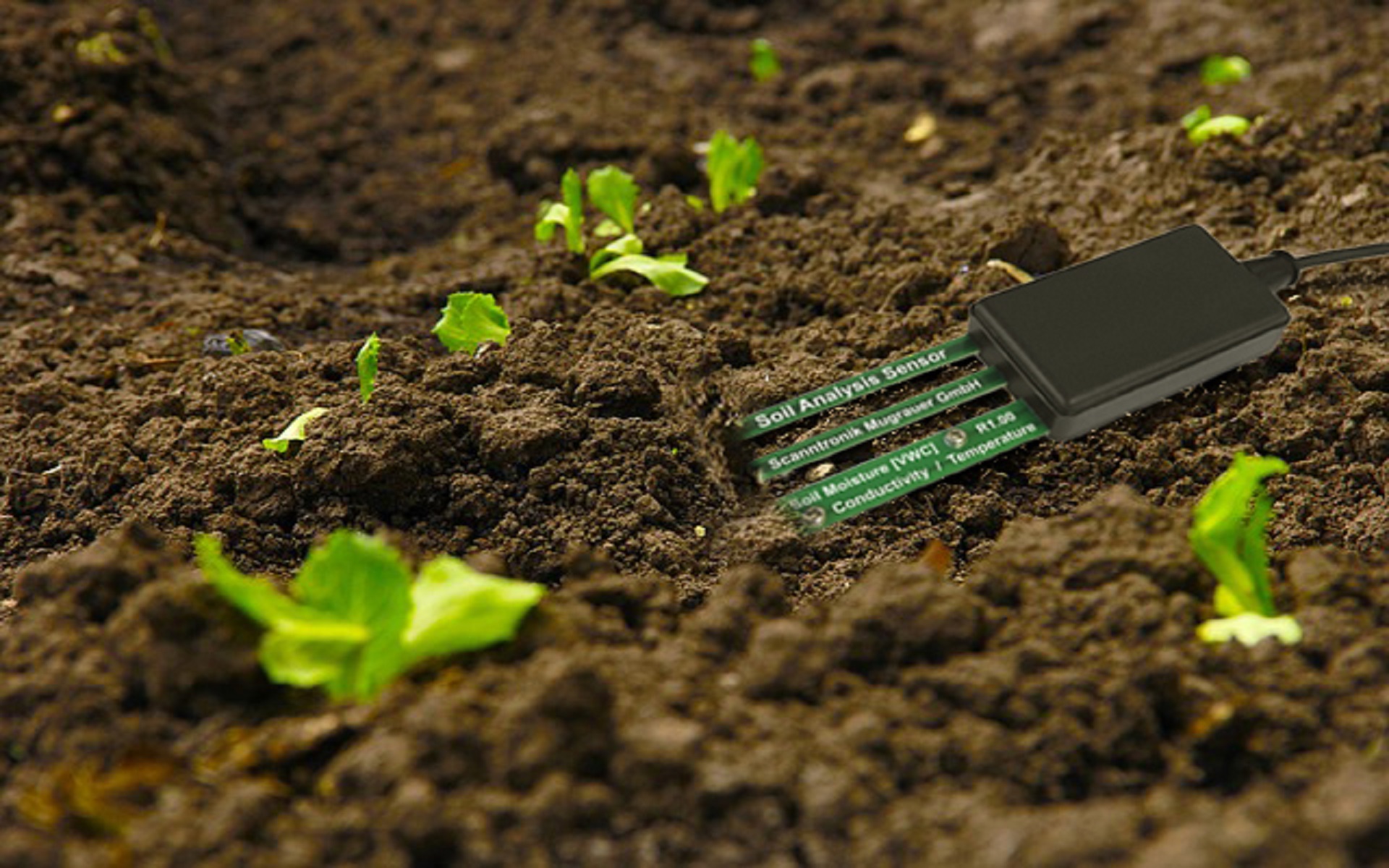Soil electrical conductivity (EC) is a measure of the number of salts in soil (salinity of soil). It is an important indicator of soil health. It affects crop yields, crop suitability, plant nutrient availability, and activity of soil microorganisms which influence key soil processes including the emission of greenhouse gases such as nitrogen oxides, methane, and carbon dioxide. Excess salts hinder plant growth by affecting the soil-water balance. Soils containing excess salts occur naturally in arid and semiarid climates. Salt levels can increase as a result of cropping, irrigation, and land management. Although EC does not provide a direct measurement of specific ions or salt compounds, it has been correlated to concentrations of nitrates, potassium, sodium, chloride, sulfate, and ammonia. For certain non-saline soils, determining EC can be a convenient and economical way to estimate the amount of nitrogen (N) available for plant growth
Suitable soil electrical conductivity can play an important role in the growth of the plants. While the high level of Soil electrical conductivity may result in the failure of the growth of many types of plants, some types of plants can tolerate the high level of Soil electrical conductivity.
How does PEL respond to Soil electrical conductivity?
Considering the importance of the soil electrical conductivity, PEL would gather enough information about each part of the landscaping site by using satellite images and on-site soil sampling and analyzing the samples to precisely measure the soil electrical conductivity. 2d or 3d maps of the soil electrical conductivity would be applied based on the variation range of the soil electrical conductivity of each part of the site. PEL analyzer software would analyze this information while taking other important effective factors into account and would offer the possible solutions as follows:
- PEL software would precisely recommend the Plants that can grow in the current situation of the landscaping site by considering the soil electrical conductivity and other important factors. This would bring sustainability to the landscape and result in less consumption of resources such as water and organic fertilizers and reduction of the maintenance costs. Using suitable plants which are in harmony with the environment of the landscaping site is a considerable step forward to achieve sustainable Eco-landscaping.
- Pel may offer some changes to the soil of some areas of the site that have a harsh situation for the growth of plants such as soil removal or replacement in order to improve the soil characteristics. By improving the soil characteristics, PEL software would be able to address more suitable plants for each part of the site and let the landscape designers choose among a larger library of suitable plants.


